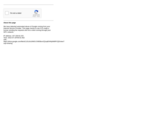
Science Fiction - Grade 5
- Subject:
- English Language Arts
- Material Type:
- Assessment
- Date Added:
- 07/18/2022

Science Fiction - Grade 5
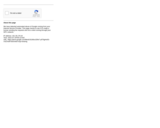
Shopping Bags - Grade 5
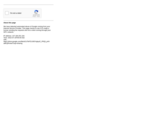
Star Wars Celebration - Physical Science Grade 5
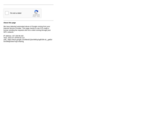
Water Wise - Earth & Space Science Grade 5
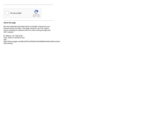
Forest Conservation - Grade 5

Ice Cream Celebration - Grade 5

Patty the Pattern Maker - Grade 5

Represent It - Grade 5
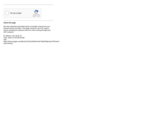
Science Fiction - Grade 5
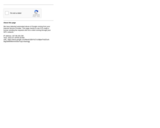
Shopping Bags - Grade 5

(Nota: Esta es una traducción de un recurso educativo abierto creado por el Departamento de Educación del Estado de Nueva York (NYSED) como parte del proyecto "EngageNY" en 2013. Aunque el recurso real fue traducido por personas, la siguiente descripción se tradujo del inglés original usando Google Translate para ayudar a los usuarios potenciales a decidir si se adapta a sus necesidades y puede contener errores gramaticales o lingüísticos. La descripción original en inglés también se proporciona a continuación.)
En el módulo 1, la comprensión de los estudiantes de los patrones en el sistema Base Ten se extiende desde el trabajo de Grado 4 con el valor de lugar de números enteros y decimales de varios dígitos a centésimas hasta el lugar de milésimas. En el grado 5, los estudiantes profundizan su conocimiento a través de una comprensión más generalizada de las relaciones entre y entre los lugares adyacentes en la tabla de valor del lugar, por ejemplo, 1 décimo veces cualquier dígito en la tabla de valor del lugar lo mueve un valor de un lugar a la derecha. Hacia el final del módulo, los estudiantes aplican estos nuevos entendimientos, ya que razonan y realizan operaciones decimales a través del lugar de las centésimas.
Encuentre el resto de los recursos matemáticos de Engageny en https://archive.org/details/engageny-mathematics.
English Description:
In Module 1, students’ understanding of the patterns in the base ten system are extended from Grade 4’s work with place value of multi-digit whole numbers and decimals to hundredths to the thousandths place. In Grade 5, students deepen their knowledge through a more generalized understanding of the relationships between and among adjacent places on the place value chart, e.g., 1 tenth times any digit on the place value chart moves it one place value to the right. Toward the module’s end students apply these new understandings as they reason about and perform decimal operations through the hundredths place.
Find the rest of the EngageNY Mathematics resources at https://archive.org/details/engageny-mathematics.

Los estudiantes leen un articulo, miran un video y exploran una guía de campo de bolsillo y luego responden tres preguntas de investigación. Después, conducen un inventario biológico (bioblitz) y escriben un ensayo explicando lo que es un inventario biolgico o bioblitz.

Diseñado para proveer informacion básica sobre energía renovable incluyendo qué es, cómo funciona y las ventajas y desventajas para el ambiente. Cada tarea de desempeño enfoca en un tipo de energía renovable, incluyendo información básica y con suficiente información para escribir ensayos de persuasión. La tarea de energía renovable y no renovable culmina con un discurso. Los maestros cuentan con una rúbrica para calificar el discurso como pracita del SBAC. Se proporciona una plantilla para preparar los discursos.
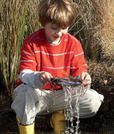
Designed to provide basic background knowledge about renewable energy including what it is, how it works and the advantages and disadvantages for the environment. Each task focuses on a type of renewable energy, including basic background knowledge, career information, and a variety of print and video resources. Students practice the research skills of locating information, selecting the best information and having enough information to explain or persuade. Renewable and Non-renewable Energy, culminates in a speech. Teachers are provided with the SBAC Speech rubric for scoring the student presentations. A template is provided for planning speeches.
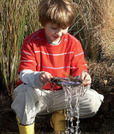
Students are asked to present a speech at the opening of the River and Ocean Film Festival, explaining why marine debris is such a problem for wildlife. Use information from the video, the fact sheet, the infographic, and the data collected on the shoreline to outline a speech. The audience is visitors to the Washington Coast. Includes Teacher directions and scoring notes.
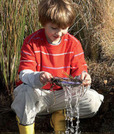
Students will read two articles and watch one video describing what rain gardens are and how they benefit the environment. They will also visit your school’s rain garden, taking photos to document its benefits. Students will compose and deliver a speech explaining how rain gardens improve the environment, incorporating photos from your school’s rain garden in their speech. Includes Teacher directions and scoring notes.
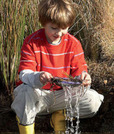
Students will watch two informational videos about stormwater management and read the job description for a stormwater engineer, taking notes on these sources. Then they will respond to three research questions and write an article explaining the important work of a stormwater engineer. Includes Teacher directions and scoring notes.
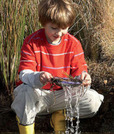
Students write an essay explaining what stormwater is, how stormwater gets polluted, and two actions we can take to keep the stormwater clean. Students will read an article, view a video, and study a diagram to build knowledge of stormwater pollution. Then write an essay to share at the Parent Information Night. Includes Teacher directions and scoring notes.
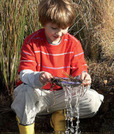
Students are asked to explain these benefits to a family from out of [WA] state that has just inherited 500 acres of forestland and are unsure about its value. Students use information from the article, the poster, and the video to answer three research questions and to write an essay, explaining the many benefits of a forest. Includes teacher directions and scoring notes.

The purpose of this task is to give students the opportunity to use mathematics in real-world applications. In this task, students are introduced to the ongoing problem of affordable housing faced by state and national community builders and city planners. Students are presented with two data tables illustrating cost of housing and wage increases over 20 years. Students discuss questions they can ask and answer using this data. They will calculate the cost increase of housing over time and compare it to wage increase, concluding with a discussion about the comparison. Includes slides to support the implementation of "Housing Our Community (Grades 3-5)" Math Performance Task with charts, images, etc.